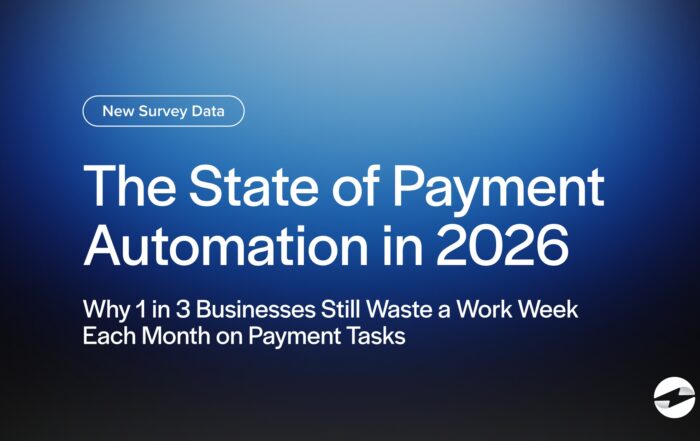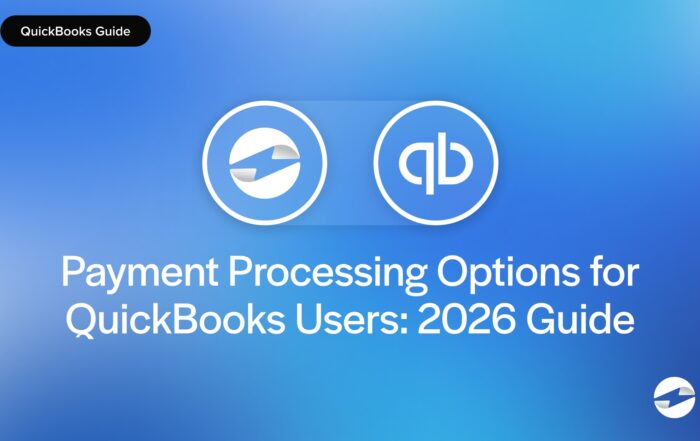What is a bank statement?
A bank statement is a report of all transactions in a bank account for a specific period, usually a month. It shows deposits, withdrawals, payments, fees, and interest earned so you can see your finances in one place.
Think of it as a financial report card—it gives you a clear picture of where your money is going, helps you catch any errors, and better spot fraud. Whether you’re reconciling your books or just making sure your paycheck was deposited correctly, reviewing your bank statement is part of being financially healthy.
Key Points
- Bank statements give a clear money snapshot. They show deposits, spending, fees, and interest, helping track finances and catch mistakes.
- You can get statements online, by mail, at a branch, or through customer service.
- Checking your statement helps catch fraud, avoid fees, confirm deposits, and stay on top of your budget.
How to get a bank statement
Getting a bank statement is easy, and most banks offer multiple ways to get them:
1. Online Banking (Fastest Method)
Log into your bank’s website or mobile app.
Go to the Statements or Documents section.
Select the month you need and download a PDF.
2. Paper Statements (Mailed Monthly)
Many banks automatically mail paper statements unless you opt for paperless delivery.
Check your account settings or ask your bank for one if you’re not getting them.
3. In-Person Request
Visit a local branch and ask a teller to print your statement. Some banks may charge a small fee for printed copies.
4. Customer Service Request
Call your bank’s support line and ask them to mail or email you a copy.
If you need a statement for a specific date range (not just the standard monthly report), most banks allow custom statement requests through online banking or customer service.
Bank statement example
A typical bank statement includes:
- Account Information: Your name, account number (partially masked for security), and statement period.
- Beginning and Ending Balance: Your account balance at the start and end of the statement period.
- Deposits & Credits: Paychecks, transfers, refunds, or any incoming funds.
- Withdrawals & Debits: Purchases, ATM withdrawals, bill payments, and automatic deductions.
- Fees & Charges: Monthly service fees, overdraft charges, or foreign transaction fees.
- Interest Earned (if applicable): If you have an interest-bearing account, it will show how much you earned.
Example snapshot of a bank statement:
| Date | Description | Withdrawals | Deposits | Balance |
|---|---|---|---|---|
| 03/01 | Opening Balance | $2,500.00 | ||
| 03/03 | Direct Deposit – Employer | $1,500.00 | $4,000.00 | |
| 03/05 | Grocery Store Purchase | $120.45 | $3,879.55 | |
| 03/07 | Rent Payment | $1,200.00 | $2,679.55 | |
| 03/10 | ATM Withdrawal | $100.00 | $2,579.55 | |
| 03/15 | Netflix Subscription | $15.99 | $2,563.56 | |
| 03/31 | Closing Balance | $2,563.56 |
Reviewing this each month helps you understand where your money is going and spot any errors.
Why do you need to review your bank statement each month?
Many people just look at their statement or pay barely any attention to it at all, but this is sometimes costly. It’s important to examine your bank statement every month for a number of reasons:
- Catch Fraudulent Transactions – Fraudulent charges or bank errors can happen, and it is easier to contest fraudulent charges or bank errors if they are discovered early.
- Avoid Unnecessary Fees – You might notice recurring fees for services you may have forgotten about, such as overdraft fees or previous subscriptions.
- Manage Your Budget – Seeing all your transactions in one place helps you assess spending habits and make better financial decisions.
- Verify Deposits Are Correct – If you rely on direct deposit, checking your statement ensures you’ve been paid correctly.
- Check Auto-Payments & Checks – If you write checks or set up automatic bill payments, reviewing your statement ensures they were processed correctly.
Suppose you see a $9.99 charge every month for a subscription you don’t recognize (or forgot to cancel). A quick review of your statement could save you from months, maybe even years, of unnoticed charges.
Reviewing your bank statement every month will help you keep tabs on your expenses, identify any mistakes, and steer clear of extra costs. Keeping an eye on your bank statements, whether you’re running a business or your personal affairs, helps you stay organized and make wiser financial decisions.
FAQs About bank statements
When do bank statements come out? Can I get one early?
Most banks issue statements at the end of the month, but the exact date depends on your bank and account type. Some statements follow the calendar month (e.g., March 1–31), and others could be based on your account’s opening date (e.g., March 10–April 10).
Can I request a statement early?
Yes! Many banks let you generate a custom statement at any time through online banking. If you need an official statement (for a loan or proof of income), you can request one from your bank.
What does POD mean on a bank statement?
“POD” stands for Payable on Death. It means the account has a beneficiary who will receive the funds if the account holder passes away. This is common for savings accounts and allows beneficiaries to access the money without going through probate court.
You May Also Like
Read More
Read More
EBizCharge Listed as a 2025 Construction Executive Top Construction Technology Firm
Read More



